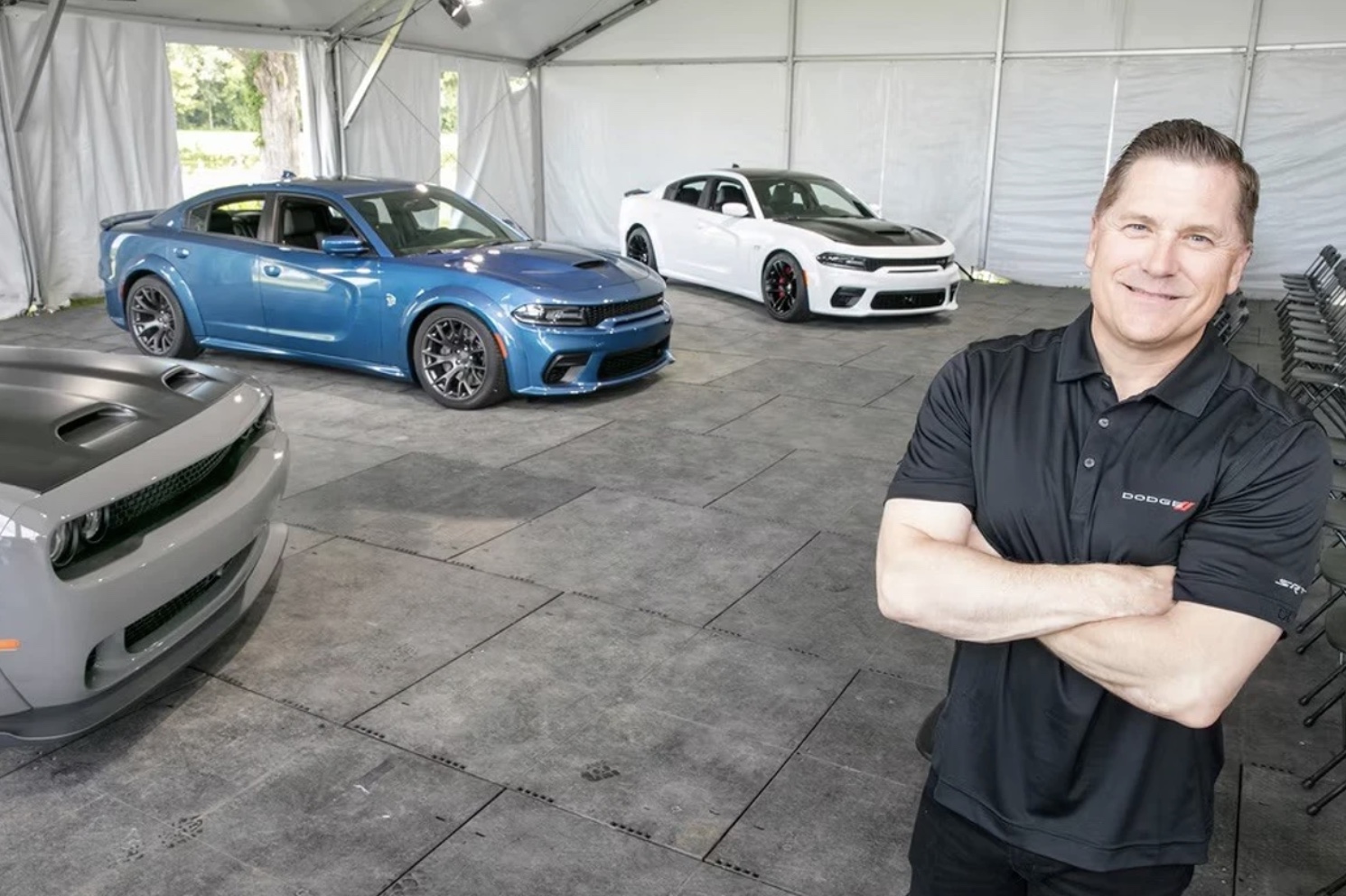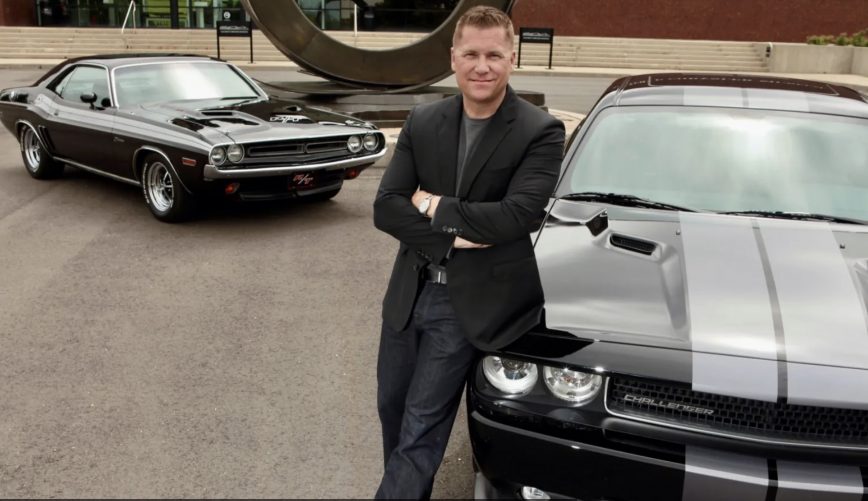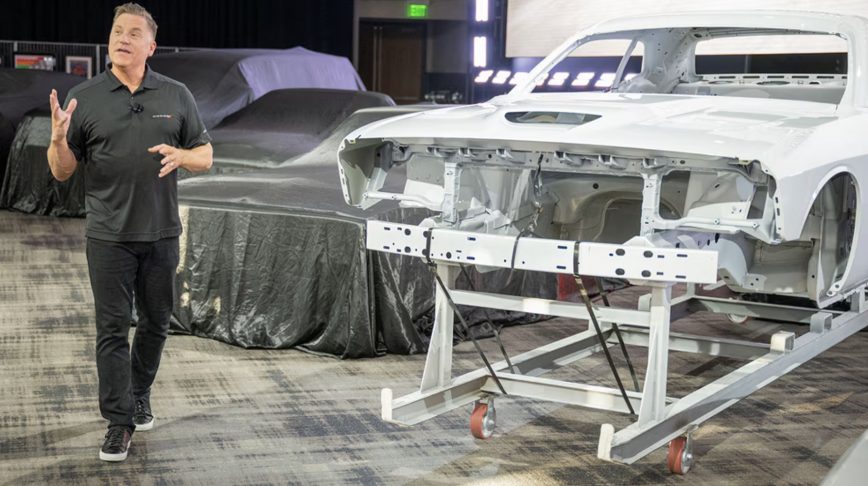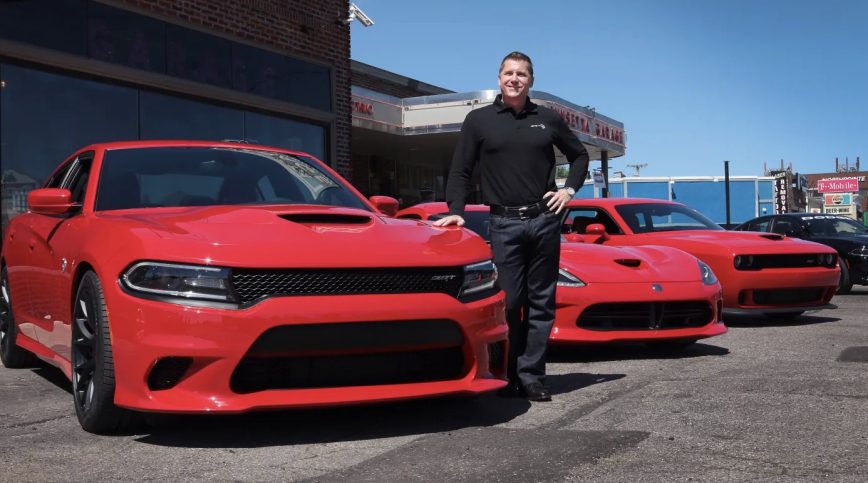CEO of Dodge Tim Kuniskis, The Creator of the Hellcat, Retires With Cherished V-8s

Tim Kuniskis, the man who championed the revival of Dodge’s muscle car legacy, is retiring. After 32 years with Chrysler and its successors, Kuniskis will step down from his roles as CEO of Dodge and Ram effective June 1. His retirement coincides with the end of production for the Hemi-toting Charger and Challenger, marking the conclusion of an era.
A Storied Career Spanning Three Decades
Kuniskis began his journey with Chrysler in 1992, working his way up through various positions within the company. His leadership and vision became most evident when he was appointed head of Dodge in 2011. At a time when many automakers were shifting towards smaller engines and hybrid technology, Kuniskis doubled down on Dodge’s performance roots, embracing the power and nostalgia of V-8 engines.
Steering Dodge Back to Its Roots
Upon taking the helm at Dodge, Kuniskis set out to reignite the brand’s identity with a focus on performance and muscle cars. Drawing inspiration from Dodge’s storied past, he reintroduced themes and names that resonated with enthusiasts. This move wasn’t just about marketing; it was about delivering cars that lived up to their legendary namesakes.
Under his leadership, Dodge saw the revival of iconic models and the introduction of new ones that would become legends in their own right. The 2015 Dodge Challenger SRT Hellcat, with its 707-horsepower V-8 engine, is perhaps the most famous example. This car didn’t just make headlines; it created a frenzy, solidifying Dodge’s reputation as a maker of modern muscle.
The Hellcat Legacy

The Hellcat engine became a symbol of Dodge’s commitment to performance. Kuniskis wasn’t satisfied with just one powerhouse. He expanded the Hellcat lineup to include the Charger Hellcat, the 702-horsepower Ram 1500 TRX, and the Hellcat-powered Durango. These vehicles didn’t just push the boundaries of power; they shattered them.
The Hellcat wasn’t just about raw power; it was about creating an experience. The roar of the engine, the feeling of the acceleration, and the sheer presence of the car on the road made driving a Hellcat a visceral experience. Kuniskis understood this and leveraged it to build a loyal following of enthusiasts who weren’t just buying cars; they were buying into a lifestyle.
Balancing Tradition and Innovation

While Kuniskis’s tenure is most closely associated with the Hellcat and other high-performance V-8 models, he also navigated the brand through the early stages of electrification. He balanced the brand’s heritage with the need to innovate. This foresight led to the introduction of the electric Charger Daytona and the electric Ram 1500 REV.
Even as Dodge and Ram embraced electrification, Kuniskis ensured that the transition honored the brand’s legacy. The electric Charger Daytona, for example, aims to retain the muscle car spirit with design elements and performance capabilities reminiscent of its gasoline-powered predecessors.
The Final Hurrah: Challenger Demon 170
In a fitting tribute to his career and the era of V-8 muscle cars, Kuniskis oversaw the launch of the 1025-horsepower Challenger Demon 170. This street-legal dragster was a final act of defiance against the industry’s broader shift towards electrification. It was a statement that, while the future may be electric, the spirit of the muscle car would not go quietly into the night.
The Demon 170 wasn’t just about power; it was about making a statement. It represented the culmination of everything Kuniskis had worked towards during his career. It was a nod to the past, a celebration of the present, and a challenge to the future. For enthusiasts, it was a reminder of why they fell in love with cars in the first place.
Leadership Changes at Dodge and Ram
With Kuniskis stepping down, Stellantis has announced a reshuffling of leadership. Chrysler CEO Christine Feuell will take over as CEO of Ram, in addition to her current role. Meanwhile, Matt McAlear, a current Dodge sales executive, will be promoted to CEO of Dodge. These changes signal a new era for the brands, one that will build on Kuniskis’s legacy while navigating the challenges and opportunities of the future.
Christine Feuell: Leading Ram into the Future

Christine Feuell, who has been steering Chrysler with a steady hand, will now also lead Ram. Feuell’s leadership style focuses on innovation and adapting to changing market demands. Her dual role indicates a strategic approach to align the brand’s direction with Stellantis’s broader goals.
Feuell’s appointment comes at a critical time as Ram continues to expand its lineup with new electric models and advanced technologies. Her experience and vision will be crucial in guiding the brand through this transformative period while maintaining its reputation for power and reliability.
Matt McAlear: Continuing the Dodge Legacy
Matt McAlear’s promotion to CEO of Dodge reflects Stellantis’s confidence in his ability to continue the brand’s legacy. McAlear has been a key figure in Dodge’s sales strategy, and his deep understanding of the brand’s identity will be essential as he takes on this new role.
McAlear faces the challenge of honoring Dodge’s muscle car heritage while also pushing the brand towards a more sustainable future. His task will be to ensure that the essence of Dodge—the thrill, the power, the performance—remains intact, even as the brand adapts to new technologies and changing consumer preferences.
A Farewell to V-8s
Kuniskis’s retirement and the end of production for the Charger and Challenger mark a significant moment for Dodge. The Hemi V-8 engines that powered these cars have become synonymous with the brand, representing a bygone era of American automotive excellence. While the future may bring quieter, more efficient vehicles, the rumble of a V-8 will always hold a special place in the hearts of car enthusiasts.
The Emotional Connection
For many enthusiasts, the V-8 engine isn’t just a piece of machinery; it’s a source of joy and pride. The sound, the power, and the history behind these engines create a deep emotional connection. Kuniskis understood this better than anyone. His decisions were always guided by respect for this connection, ensuring that every new model honored the legacy of those who came before.
Looking Ahead
As Dodge moves forward, the challenge will be to create new icons that evoke the same passion and loyalty as the V-8s. The transition to electric vehicles offers new opportunities to redefine performance and innovation. However, it will require careful navigation to ensure that the brand’s identity remains strong and authentic.
The electric Charger Daytona and other upcoming models will play a crucial role in this transition. These vehicles will need to deliver not just in terms of performance but also in creating an emotional connection with drivers. The goal will be to ensure that, even in an electric future, driving a Dodge remains an exhilarating experience.
Conclusion

Tim Kuniskis’s retirement marks the end of an era for Dodge and Ram. His legacy, defined by a commitment to performance and a deep respect for the brand’s history, will continue to influence the direction of these brands for years to come. As the industry moves towards electrification, the spirit of the Hellcat and the V-8 will live on in the hearts of enthusiasts and in the new models that will carry forward their legacy.
Kuniskis’s departure and the end of production for the Charger and Challenger V-8s signify a significant shift, but they also set the stage for a new chapter. With new leadership and a focus on innovation, Dodge and Ram are poised to navigate the future while honoring their storied past. The road ahead will undoubtedly bring new challenges and opportunities, but the essence of what makes these brands special will endure.

